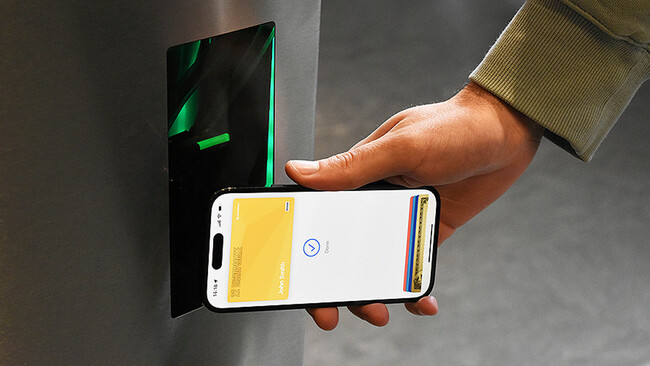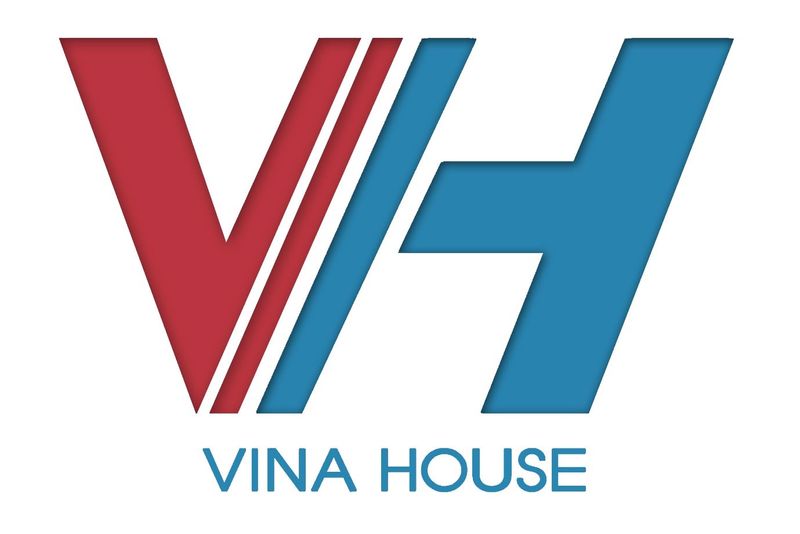In today’s digital era, the convenience and convergence of using our smartphones and wearables for various purposes, including building access, is becoming a norm.
London, England, United Kingdom – September 26, 2023 —

London, UK. 26th September 2023 – Apple Wallet integration for mobile access, enables iPhone users to use the Apple Wallet for building entry and store digital versions of access cards and employee badges within the wallet. Employees can use their verified badges to access buildings by simply tapping their iPhone or Apple Watch on an NFC reader instead of needing a physical fob or keycard.
Apple Wallet offers the promise of seamless user experience with NFC. However, this does not come without its set of costs and logistical challenges, especially when implementing mobile access for use with legacy hardware and integrating into your current building access control infrastructure.
Before adopting Apple Wallet as THE only mobile access solution, it’s important to do your homework you may be surprised to learn about the need for a 3rd party software implementation and the cost implications associated with upgrading your existing access control readers for Apple Wallet access.
Reader and Firmware Upgrade Costs
Since Apple only supports Apple Wallet keys with approved lock or reader manufacturers who have NFC readers within their portfolio of products, you’ll likely have to update or replace your current access control hardware and infrastructure when you consider any reader prior to 2016/17 doesn’t have out of the box compatibility with an Apple Wallet integration.
The most widely branded and installed readers still active today are not necessarily firmware upgradable for Apple Wallet access, a massive limitation that could rule out as much as 75% of installed readers that are active today worldwide. For example, HID’s Prox, MultiCLASS and early iCLASS variations are some of the most popular readers still in use globally and make up significant proportion of the legacy market in question.
As you develop your budget, inventory your site’s reader count and manufactured dates, then consider the average labor and material costs of ‘rip and replace’ for new mobile enabled hardware and installation that could amount to $1k+ per door or more depending upon local labor markets. Based on upgrading a multi-tenant building that require the installation of 20-30 new NFC enabled readers, this could amount to $20k-$30k in additional cost to just provide hardware that enable Apple Wallet keys integration. During installation, also consider potential business disruption of phasing in departments, employees, new apps, and training.
If a firmware update is possible on-site, labor to implement an upgrade would be required by the integrator to avoid any warranty and service issues. It’s usually a two-person job, one at the reader to power down, load firmware, then power up and test. The other is in the command and control to validate the upgrade is done, then move on to the next reader.
Compare the cost of integration with existing access control systems.
When using Apple Wallet for access control, you’ll probably require a distinct Apple key for every building. Even if you use the same type of reader e.g., HID Signo readers in different buildings within the complex such as a university campus or hospital, each facility probably necessitates its own Apple Wallet integration. This most likely increases integration complexity and system costs. You might ask your servicing integrator their prior experiences with Apple Wallet for mobile upgrades? In addition, if you mix reader types, brands or models, managing the setup process can become even more complex. Based on the complexity, I would suggest the services of a security consultant helping to perform site discovery and creating a proper scope of work and obtaining a fixed price bid proposal.
Each integration will be qualified, vetted, tested, and approved by Apple. The additional cost for you to manage Apple Wallet will probably require 3rd party user custom software application that may range between $10,000 and $20,000 or incur fee structures such as $25 per year per user and time to develop and deploy. This doesn’t include labor costs for reader firmware updates and associated software.
The more building implementations you oversee, the higher the potential costs and complexities and justification for hiring a qualified consultant. Scaling can become inefficient, difficult to manage and expensive.
As a point of comparison, one of my clients, Sentry Interactive is the only company that provides mobile access regardless of the access control system or legacy reader’s age. Their software solution enables you to keep your perfectly functioning readers in place by integrating with your existing access control infrastructure. By simply reversing traditional system architecture with their solution, Sentry Mobile Access integration is easily performed with just an innovative software upgrade at the host that can be deployed remotely. They provide a low-cost passive/wireless NFC “door credential” placed next the existing reader and door. The NFC technology that is built in the user’s iPhone, Apple Watch or Android mobile device becomes the secure authentication device and power source to enable door access. The mobile devices’ NFC communicates with the NFC door credential using Sentry Interactive’s cloud-based software to access the existing door controller panel. The existing infrastructure in the building is brilliantly leveraging their innovative software application with existing infrastructure while providing the same user experiences at a fraction of the cost.
A solution such as Sentry Mobile Access offers its real value for property managers by providing the same user experience for their iPhone and Android tenants and employees at a much lower cost with minimal disruption. They can manage numerous buildings across the enterprise remotely, on a common system under a ‘single pane of glass’.
Unlike the complex and often expensive integration process associated with Apple Wallet, or other replacement strategies, Sentry Interactive seamlessly integrates with most major access control brands available on the market at a fraction of the cost and time it takes for Apple Wallet integration.
Apple Wallet and Implementation Example Costs
Consider these following costs that aren’t always clear upfront. The example below is based on a theoretical company with 1,000 iPhone users considering Apple Wallet Implementation:
· Apple License: 1000 users x $3/user/annually = $3,000 annually
· Seat License: 1000 users x $6/user = $6,000 annually MSRP
· New hardware: 20 – 30 NFC enabled readers + installation
· cost: $1,000 per door =$20,000 – $30,000
· Custom user’s software for Apple integration annual fee of $25,000+
· (approx. $25 per year per user).
There are additional costs for adding Google Wallet to service the Android users, to be determined.
Business is about defining options based upon needs, choices and budgets. If you can provide the same user experience for your tenants and employees for less cost, and without all of the time and hassle why not?
ENDS
Contact Info:
Name: Paul Kluttz
Email: Send Email
Organization: BeXar Technology Partners
Website: https://bexartechpartners.com/
Social Media:
LinkedIn: company/sentry-kiosk
Release ID: 89108161
If there are any errors, inconsistencies, or queries arising from the content contained within this press release that require attention or if you need assistance with a press release takedown, we kindly request that you inform us immediately by contacting error@releasecontact.com. Our reliable team will be available to promptly respond within 8 hours, taking proactive measures to rectify any identified issues or providing guidance on the removal process. Ensuring accurate and dependable information is our top priority.






